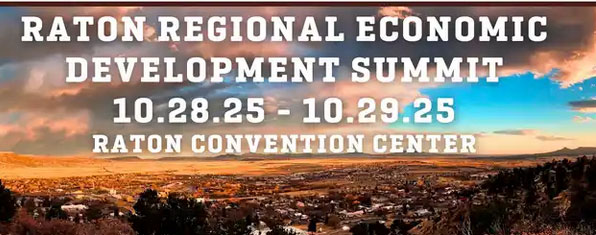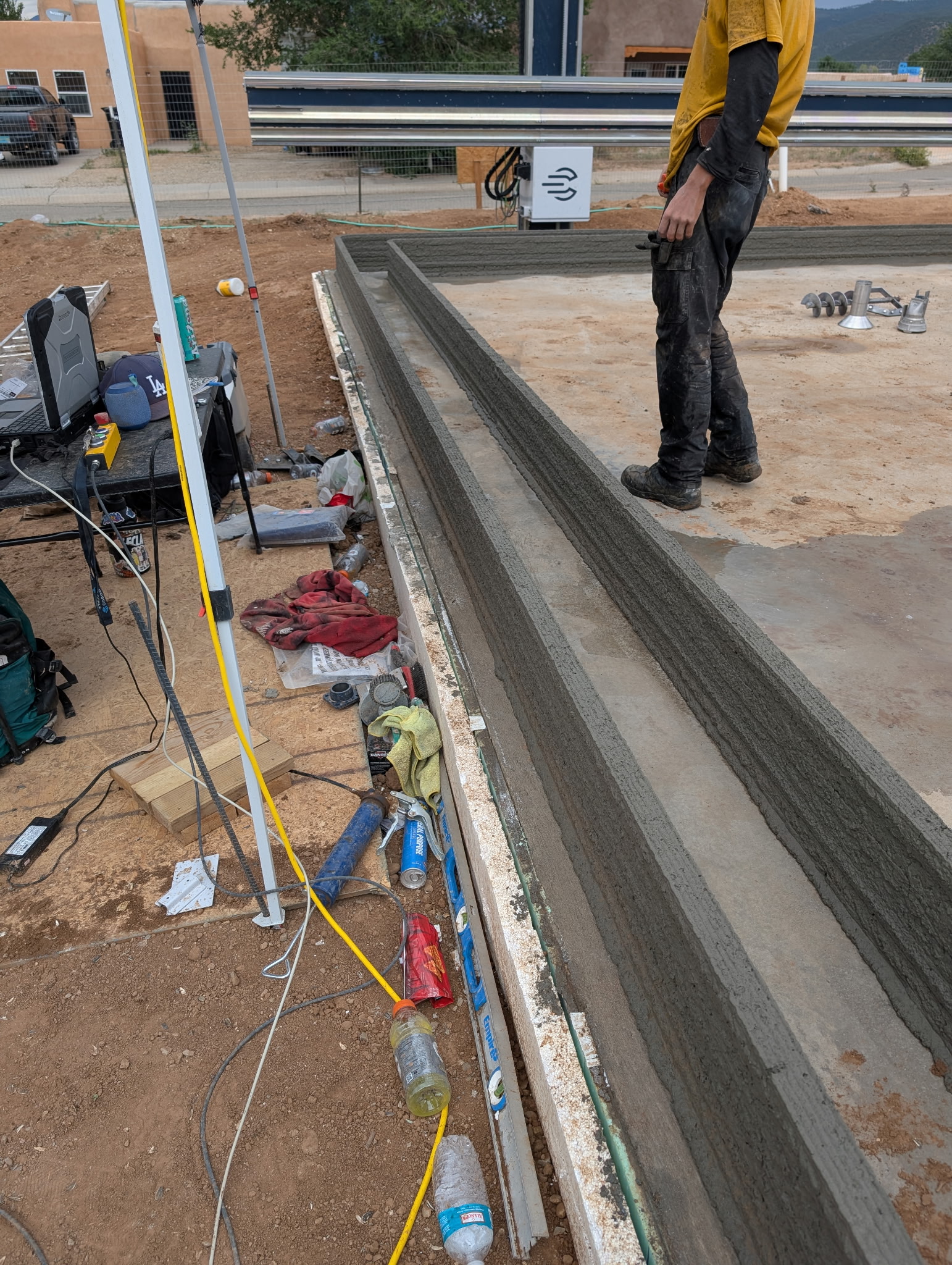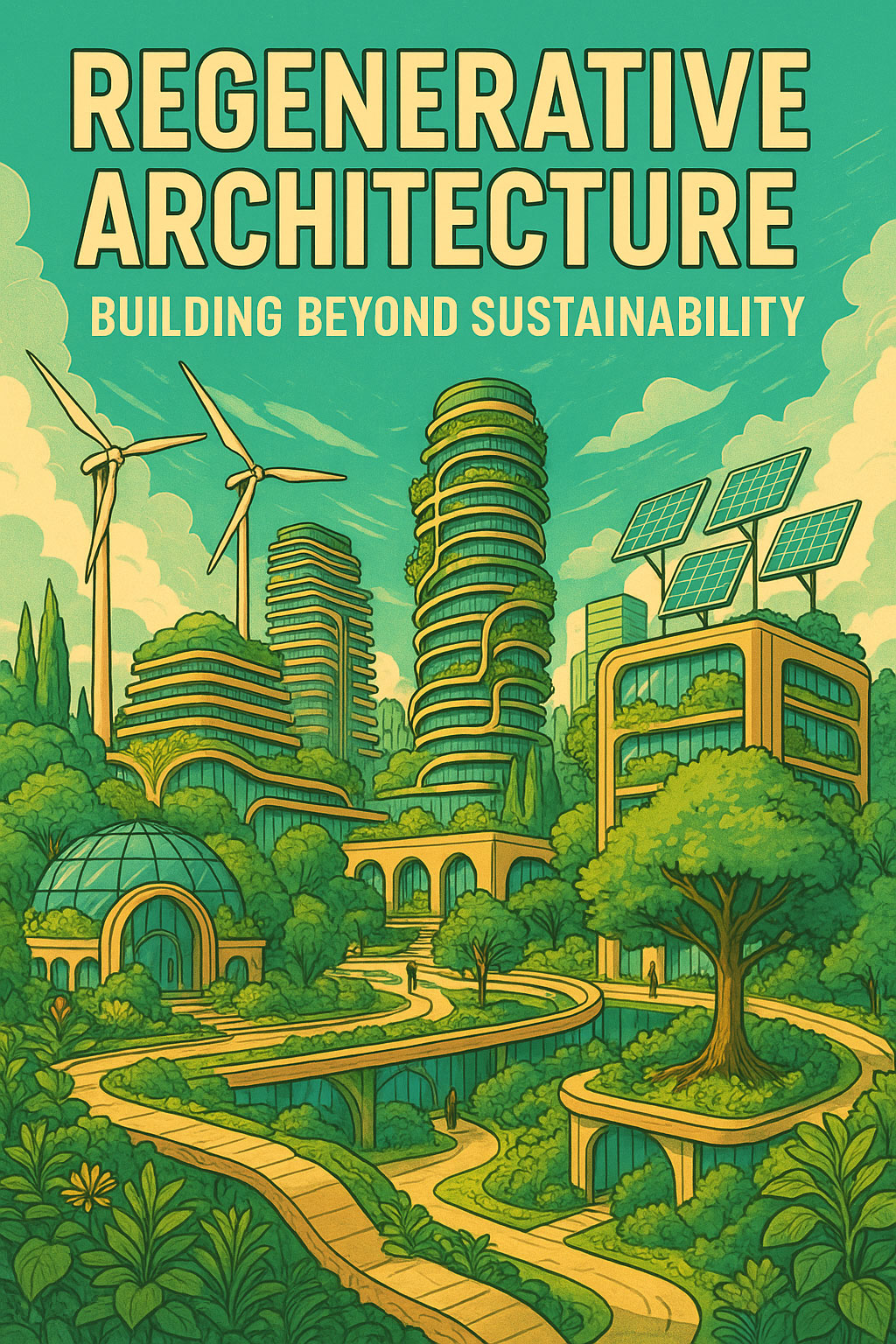In an era of escalating environmental concerns and the urgent need to mitigate climate change, sustainable design for buildings has emerged as a paramount solution. Sustainable design seeks to create structures that minimize their ecological footprint, conserve resources, and promote a healthier, more resilient future for both humans and the planet. Surprisingly, the driving force behind this transformative approach is rooted in simple logic. The result of logical design is, undoubtedly, sustainable design.
Logical Design Prioritizes Efficiency
At its core, logical design revolves around efficiency. Whether it’s optimizing energy consumption, maximizing space utilization, or minimizing material wastage, efficiency is a guiding principle. When architects and designers seek the most efficient methods to achieve a building’s purpose, they inadvertently steer towards sustainable outcomes.
For example, logical design takes into account passive design strategies, such as orienting the building to maximize natural light and ventilation, thereby reducing reliance on artificial lighting and air conditioning. By utilizing natural resources effectively, a building can significantly decrease its energy demands, lessening its environmental impact.
Resource Conservation and Circular Economy
A logical approach to design encourages the adoption of a circular economy model. Instead of the traditional linear “take, make, dispose” paradigm, the circular economy promotes reducing, reusing, and recycling resources.
Sustainable design aligns perfectly with this concept, as it aims to minimize waste and resource depletion. Utilizing recycled or locally-sourced materials, designing for adaptability and longevity, and implementing effective waste management systems are all strategies embraced by sustainable design.
Economic Sense and Long-Term Savings
Logical design is cost-effective, taking into account the economic viability of a project. Sustainable design aligns with this principle by considering life-cycle costs. While some eco-friendly materials and technologies may have higher upfront costs, their long-term benefits in terms of energy efficiency and reduced maintenance expenses make them economically sound choices.
Investing in sustainable design is an investment in long-term savings. Energy-efficient buildings lead to lower utility bills, reduced operational costs, and increased property value. Thus, sustainability and economic pragmatism go hand in hand, reinforcing the logical foundation of sustainable design.
Resilience and Adaptability
In a world where climate change is causing more frequent and severe extreme weather events, resilience and adaptability are crucial design factors. Logical design anticipates and addresses potential challenges.
Sustainable design, with its focus on climate-responsive architecture and disaster-resilient strategies, inherently embeds the principles of resilience. From rainwater harvesting systems that secure water supply during droughts to elevated foundations that protect against floods, sustainable design empowers buildings to withstand adversity and recover more effectively.
Social Impact and Well-Being
A logical approach to design goes beyond structural elements; it also considers the well-being of occupants. Sustainable design prioritizes the health and comfort of building users by ensuring proper indoor air quality, access to natural light, and incorporating green spaces.
Numerous studies have shown that green buildings enhance occupant productivity, reduce stress levels, and promote a sense of community. By fostering a positive human experience, sustainable design aligns with the logical goal of creating spaces that promote happiness and productivity.
Sustainable design for buildings is indeed the result of logical design principles applied conscientiously. By prioritizing efficiency, resource conservation, economic sense, resilience, and well-being, sustainable design emerges as a logical path to responsible building. In an increasingly environmentally conscious world, the logic behind sustainable design resonates profoundly with our innate desire to safeguard the planet for future generations. As more architects and designers embrace this logical approach, sustainable design will undoubtedly become the norm, shaping a greener and more sustainable built environment for years to come.







Leave A Comment